- News
- Reviews
- Bikes
- Accessories
- Accessories - misc
- Computer mounts
- Bags
- Bar ends
- Bike bags & cases
- Bottle cages
- Bottles
- Cameras
- Car racks
- Child seats
- Computers
- Glasses
- GPS units
- Helmets
- Lights - front
- Lights - rear
- Lights - sets
- Locks
- Mirrors
- Mudguards
- Racks
- Pumps & CO2 inflators
- Puncture kits
- Reflectives
- Smart watches
- Stands and racks
- Trailers
- Clothing
- Components
- Bar tape & grips
- Bottom brackets
- Brake & gear cables
- Brake & STI levers
- Brake pads & spares
- Brakes
- Cassettes & freewheels
- Chains
- Chainsets & chainrings
- Derailleurs - front
- Derailleurs - rear
- Forks
- Gear levers & shifters
- Groupsets
- Handlebars & extensions
- Headsets
- Hubs
- Inner tubes
- Pedals
- Quick releases & skewers
- Saddles
- Seatposts
- Stems
- Wheels
- Tyres
- Health, fitness and nutrition
- Tools and workshop
- Miscellaneous
- Tubeless valves
- Buyers Guides
- Features
- Forum
- Recommends
- Podcast
feature
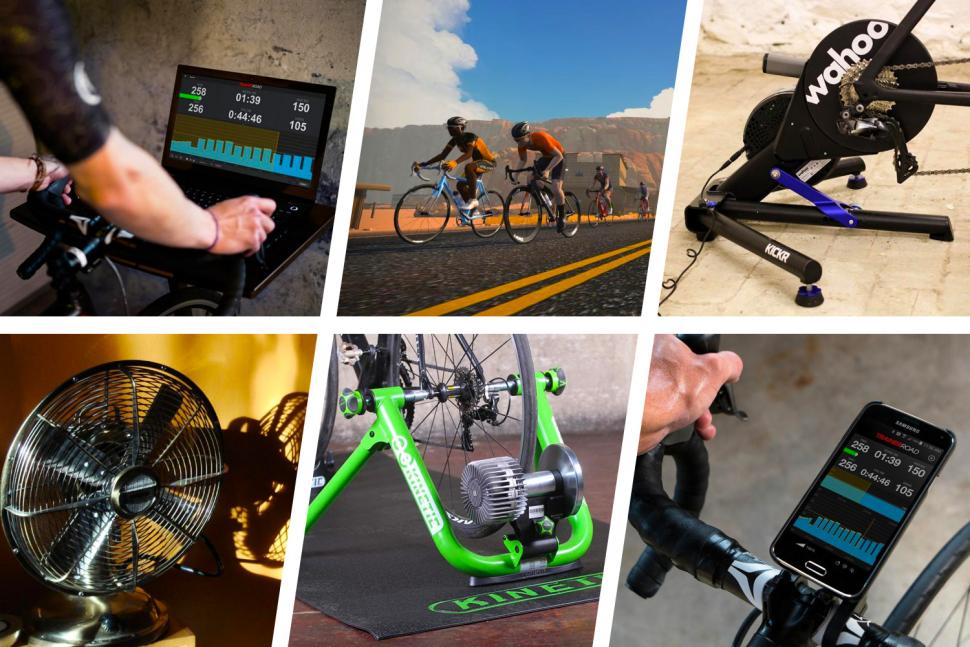 The stuff they don't tell you about smart trainers March 2021
The stuff they don't tell you about smart trainers March 2021The stuff they don't tell you about smart trainers
Smart trainers have transformed indoor riding for the better over the past few years but the new technology has brought along some irritations and problems of its own. Here are some of the issues that have bugged us recently...
It's usually not cheap
Smart trainers don't tend to be cheap. Okay, something like the Tacx Flow Smart trainer is £269.99 but you're generally looking at quite a bit more than that. A Wahoo Kickr is £999.99, for example, and a Tacx Neo 2 is £1,099.99.
Read our review of the Wahoo Kickr smart trainer
To ride on Zwift you'll also need a PC or Mac computer, a compatible iOS device (such as a tablet), or an AppleTV, but the chances are that you already own a capable device. You might need a receiver for the ANT+/Bluetooth LE signal too and, although not required, you can use a cadence sensor.
On top of that, there's the cost of a subscription to any indoor cycling platforms that you want to use. Zwift, for instance, is £12.99 per month.
Assuming your goal is to get fitter, you might be better off spending that money on employing the services of a coach or heading off on a training break.
Check out three Zwift setups to suit every budget
On the flip side, smart training through the winter might save you money on expensive weatherproof clothing and lights, so it's not all one-way traffic.
Do you need it?
While we're talking about the cost, it's worth bearing in mind that you don't need a smart trainer to ride on Zwift. A smart trainer transmits your power data and can change the resistance so you can feel virtual hills, but you can use a supported classic trainer and a speed sensor instead. You won't get changes in resistance but Zwift will calculate your power based on the speed of your rear wheel.
Check out 11 of the best smart home trainers
If you already own an ANT+/Bluetooth power meter you can use it with any trainer/rollers to ride Zwift.
Find out how to get started on Zwift
People cheat!
Say you weigh 75kg and you're putting out 250 watts on Zwift... then you go in and alter your weight to 65kg so your power-to-weight ratio increases significantly. This is weight doping and it's very naughty, but people do it.
Check out all of our indoor trainer reviews
This doesn't really matter if you're not taking it too seriously, but just bear in mind that you sometimes have to take the results with a pinch of salt.
Accuracy is sometimes suspect!
Some people have smart trainers or power meters that read high or low, perhaps because they've not been setup or calibrated correctly. That's another reason not to take online racing too seriously.
Connectivity issues
Tech can sometimes be frustrating, especially tech that you can't see like ANT+ and Bluetooth connectivity.
You might occasionally find that a smart trainer app doesn't connect with your trainer. This might be because your trainer is connected to another app via Bluetooth – to the Wahoo Fitness app, for example, following calibration – so you'll need to disconnect it.
If you're using an ANT+ key/dongle, make sure that it's being used for only one program or you could have problems with TrainerRoad or Zwift.
One little trick you can try if your app and bike trainer aren't connecting is to switch off your trainer and wait for a few seconds. Then open the pairing menu in your app and have it start searching, and only then switch your bike trainer back on. 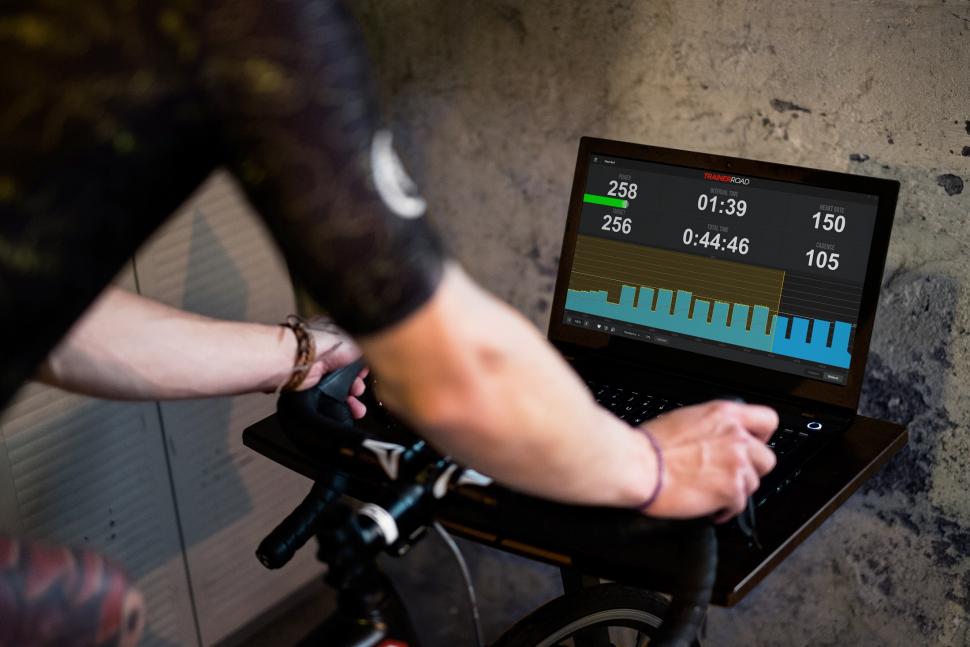
You might also find that the signal drops out during use. There can be multiple reasons for this, including interference from an HDMI cable, but if you're using a speed sensor we've found that one of the most common causes is that the battery is running out of juice causing its range to drop.
Not all 'smart' trainers can be controlled by Zwift
There are different types of trainers that are described as 'smart', so make sure you know exactly what you're buying.
The resistance unit of a smart trainer can transmit your speed wirelessly to another device such as a laptop or tablet, and some also include power meters so you can train by wattage too.
Fully smart trainers can be controlled by the software. So, for example, the resistance will automatically alter to match the terrain you see on Zwift. You hit a hill on the screen and the resistance increases.
However, not all trainers described as 'smart' by the manufacturer can be controlled by Zwift.
The Kinetic Road Machine Smart, for example, doesn't automatically control resistance and neither does the Tacx Satori Smart, though to be fair they're now very hard to find in retailers. Caveat second-hand emptor though
For a fully smart, controllable trainer, the function to look for is ANT+ FE-C capability. FE-C stands for Fitness Equipment Control.
If you're in any doubt, head over to the Zwift website and find our which supported trainers are listed as 'smart' and which are listed as 'classic'.
They're noisier than you think
Electronically controlled smart trainers tend to be much quieter than air resistance turbo trainers of old, but there's always going to be a certain amount of noise associated with riding a bike indoors. Even the sound of the drivetrain, which you barely notice out on the road, seems much louder when you're inside, never mind the noise of the trainer, any fan that you're using or music that you're listening to.
The noise is unlikely to bother you on the bike, but it could be enough to disturb other people in the house or in the flat downstairs.
There's the issue of space
A smart trainer setup consists of your bike, the trainer, a computer or tablet, maybe a fan to keep you cool, probably a mat to protect the floor... That lot takes up a fair bit of room.
You might have enough space in your garage to leave everything in place between sessions but chances are that if you do your training in the house or flat you'll need to take it down in between times.
Zwift vs TrainerRoad: Which is best for you?
You might never ride outside again!
Some people really enjoy riding on a smart trainer, get immersed in the virtual world, love the time efficiency involved, the lack of traffic, the safety and the controlled conditions...
You might become a convert and never feel the need to ride outdoors.
You just might not take to it
On the other hand, you might be one of those people who just doesn't take to smart training. For many of us, getting out into the fresh air and seeing the countryside are among the main attractions of cycling and you don't get that on a trainer.
We'd advise you to try out a friend's setup, if possible, to find out whether smart training is for you before spending any cash.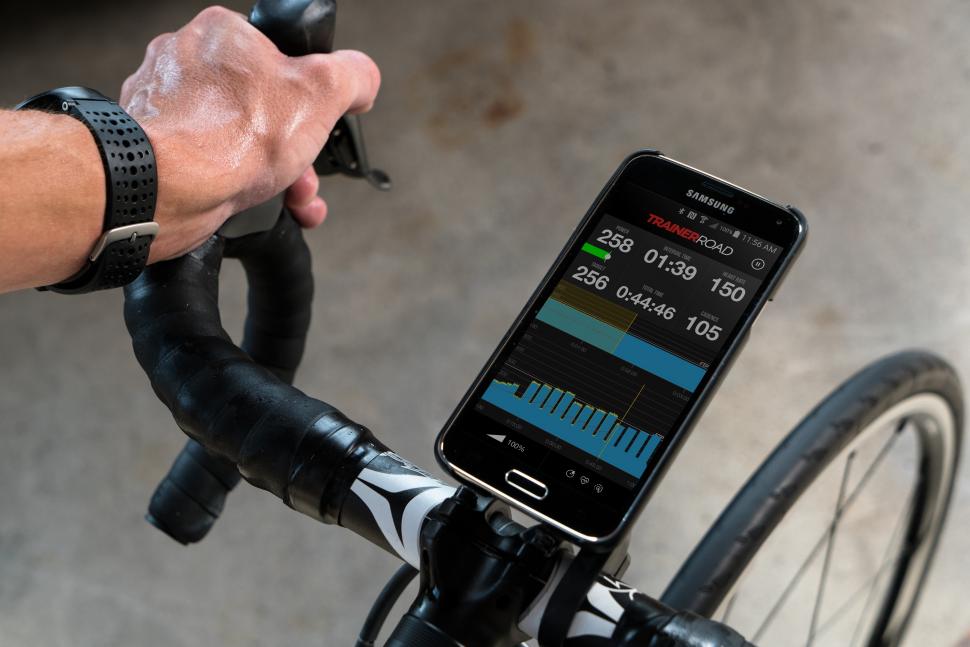
Does your bike warranty cover it?
A warranty doesn't always cover your bike if you use it on a smart trainer, or any other kind of turbo trainer.
We published a story here on road.cc asking: is it okay to use your bike on a turbo trainer?
The short answer is that you might void the warranty if you do; it all depends on the brand.
For example, Canyon's Nick Allen told us, “Strictly speaking, using our bikes in a turbo trainer is not consistent with intended use. Unfortunately, any damage or breakage as a result would not be covered under our standard warranty terms and conditions.”
Other brands don't have an issue with it. The sensible option is to check in advance.
Mat has been in cycling media since 1996, on titles including BikeRadar, Total Bike, Total Mountain Bike, What Mountain Bike and Mountain Biking UK, and he has been editor of 220 Triathlon and Cycling Plus. Mat has been road.cc technical editor for over a decade, testing bikes, fettling the latest kit, and trying out the most up-to-the-minute clothing. He has won his category in Ironman UK 70.3 and finished on the podium in both marathons he has run. Mat is a Cambridge graduate who did a post-grad in magazine journalism, and he is a winner of the Cycling Media Award for Specialist Online Writer. Now over 50, he's riding road and gravel bikes most days for fun and fitness rather than training for competitions.
Latest Comments
- bobrayner 56 min 20 sec ago
It's a lot of money for a simple-looking little tool, but I've been very happy with previous Dynaplugs - they are super effective.
- David9694 3 hours 35 min ago
A couple of call-outs from the Guardian piece:...
- mdavidford 3 hours 47 min ago
Well that'll be the famous BBC balance.
- mdavidford 3 hours 48 min ago
A Victorian attitude to dress?
- Miller 4 hours 25 min ago
This round-up sponsored by Sram.
- Rendel Harris 4 hours 35 min ago
Pissy Sods Pointlessly Objecting
- leedorney 5 hours 6 min ago
Instead of the cycle industry crashing, a lot of places have just about kept the head above water, yes the Wiggles have gone etc, but the bike...
- ChrisA 5 hours 14 min ago
No. Effect of vehicle not weight. SUV at 2 tonnes - 2^4 = 16 Bus is 12 tonnes (18t gross) 18^4 = 105,000 About 6500 times
- Griff500 5 hours 33 min ago
The cease and desist WAS issued to Factor. That's the way they work.
- . . 6 hours 35 min ago
I have the standard Crane E-Ne (like this without the long stalk) on both of my drop bar bikes, set so I can just reach the trigger with my middle...
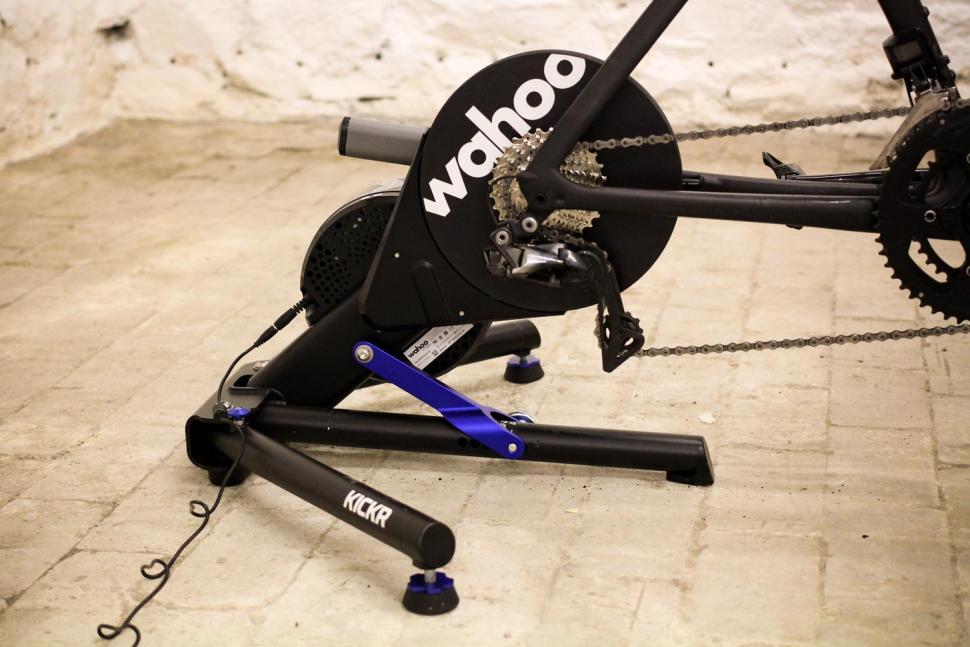

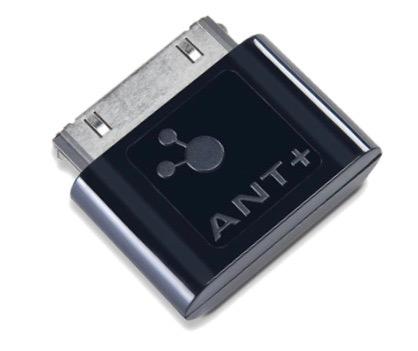

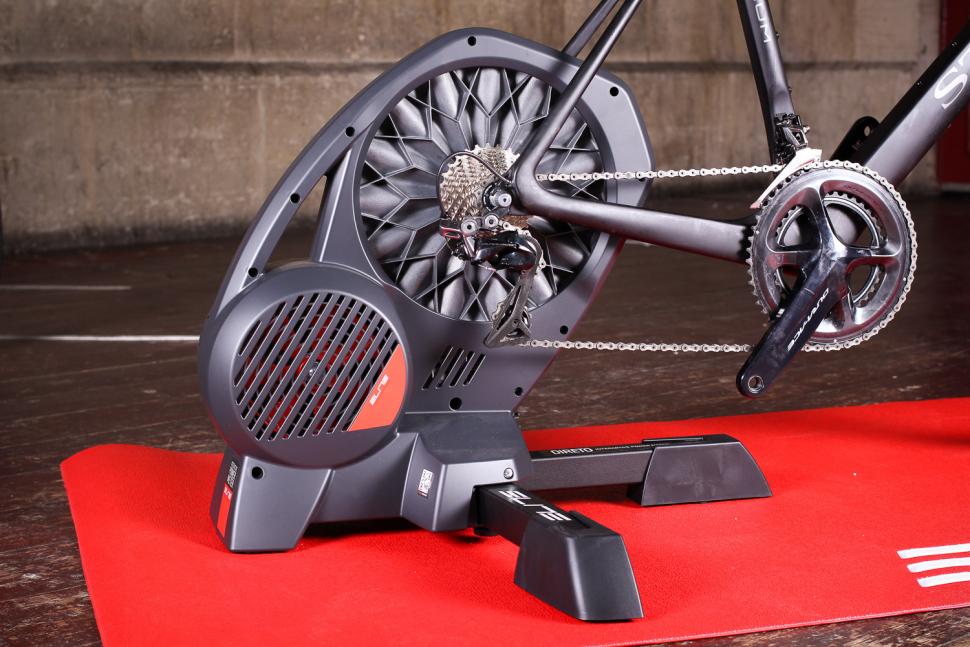
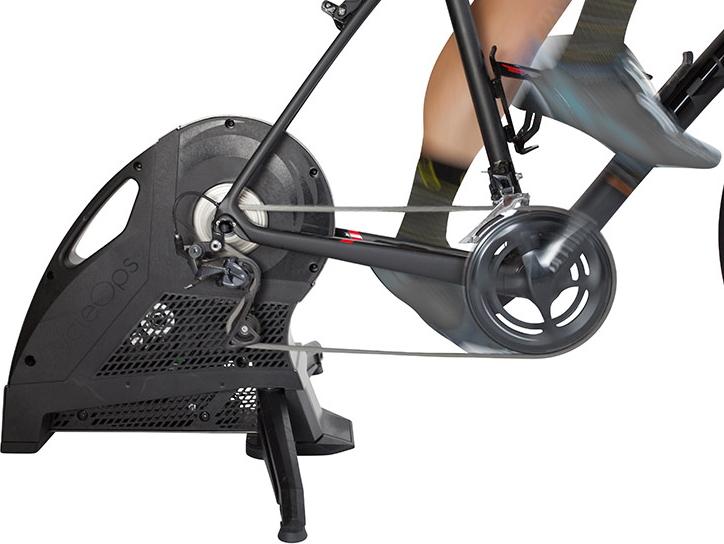
Add new comment
11 comments
One thing not mentioned is the "Cadence death spiral" you sometimes get on a high power interval. This is where you fail to get your cadence up faster than the turbo increases the resistance. If you don't catch it with a quick burst of acceleration - which is easier said than done after a hard session - you get stuck in this slower and slower cadence needing higher and higher power to keep the crank turning. Then your legs give up and are useless for the rest of the session, and you feel demoralised.
My Elite drivo was a pig for doing this, my Tacx Neo eases off so I've only come close once so far.
Aye, the Drivo is a complete bastard for this, updated firmware (available on request) helps with a few things but the spiral of death doesn't seem to be one of them...
You need to update the warranty section - Canyon now covers you under warranty as long as you're using a thru axle set up I believe
"just where are you going to put it?"
The solution is quite simple if you think about it...
https://twitter.com/ClueHeywood/status/1089699762331217920
For me the point of a smart trainer would be I want to ride my bike when the outside conditions mean I cant ride outside, to do exercise, keep fit,just keep the legs turning over and I dont want it to be boring & monotonous,Zwift offers a distracting way of avoiding that monotony,but if theres not a 'smart' link between what I'm viewing and what I'm doing on the bike,I might as well be watching anything to distract me instead,at which point I'll just be sitting on a bike pedalling slowly not really engaged with the exercise,and conning myself it's better than nothing,which I dont believe it is,so what's the point ?
Training for racing and all that I think is a different beast because you've got to do those structured training miles for competitive reasons whether it's boring or not,Zwift makes it less boring but you'll be planned around things that a smart trainer doesnt really give you any extra benefit for,you'll be pushing yourself anyway
I don't think it's any secret smart trainers cost a bit more. Does anyone who's got to the level of wanting a smart trainer think they'll be £50 from Aldi?
I'll agree with noise being more of an issue than you'd imagine, well my Direto is louder than I imagined.
As for space it doesnt' take up any more room than my old trainers. I can't fold it up like the Tacx or the Bkool pro but if you can get it out , you can leave it out.
You forgot "It's not strictly necessary"...
Seems a shame that a lot of newcomers seem to think 'indoor training' = 'Zwift + smart trainer'.
If you're just doing it to supplement your outdoor riding with controlled, structured interval training, YOU DON'T NEED A SMART TRAINER.
I've done all my training for CX season on a dumb trainer with an old laptop playing youtube videos. I don't even follow the on screen instructions any more, just using the clock in the corner as a timer while I do whatever intervals I'm trying to do for that session. For entertainment and motivation I use my personal stereo, but it's not required, if you're following a proper session you need to concentrate so it's difficult to get bored!
You don't need 'smart' power readings as it takes only a few sessions with a heart rate monitor and speed sensor to figure out what your zones are, e.g. I now know that my threshold zone = 38km/h on my old Cyclops trainer. Through trial and error I also know what speeds I can hold for various shorter intervals. I doubt anyone outside of the professional ranks really needs much better accuracy than that.
You can use the money saved on massage/physio/coaching sessions as the season wears on, or maybe even a set of rollers for warm ups and cool downs.
Of course, I'm also glad that everyone has moved on to smart trainers as good dumb trainers can now be picked up for a song second hand! I've got three in the garage at the moment which would have cost the best part of £800 retail but I've picked up for variously £40, £70 and free...
I have a Bkool turbo and enjoy the video sessions.
There are a few films of routes local to me and for some reason riding them virtually is much harder than following the same route in real life.
What I'm trying to say is that I find riding indoors a lot harder than being out on the road.
I'm recovering from a fully ruptured achilles tendon, 4 months on and I've now managed a few sessions on Zwift since Easter. It's literally the only exercise I can do for now and is just about keeping depression at bay. Walking/limping still isn't easy... only 8 months of recovery to go!
Plenty of people getting fit and strong, but lacking roadcraft. This worries me, especially here in Taiwan where roadcraft is pretty poor to begin with.
You forgot, "some people can be really, really boring and lack any imagination, banging on as if smart trainers only exist for using Zwift (see above)".